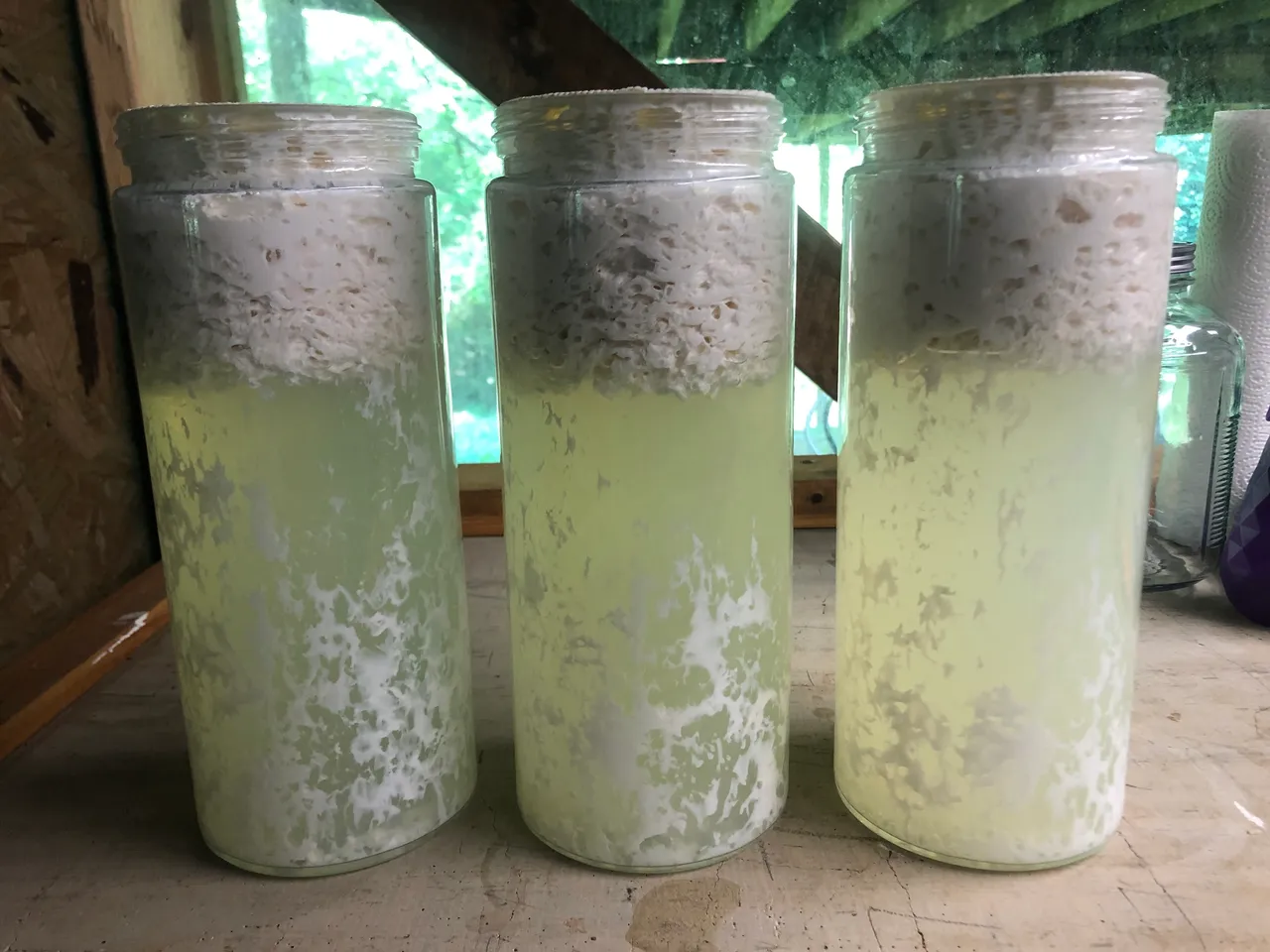Lactic Acid Bacteria (LAB), a group of beneficial bacteria commonly found in natural environments, especially in fermented foods, silage, and decomposing plant materials. These bacteria play essential roles in various processes, such as fermentation, converting sugars into lactic acid, which helps preserve foods and create an environment that hampers the growth of harmful microorganisms. Lactic Acid Bacteria are also known for their probiotic properties, contributing to gut health in humans and animals. In agriculture, they are used in practices like organic farming and Korean Natural Farming to promote soil fertility, suppress harmful pathogens, and enhance plant growth.
LAB culture is diluted at a 1:1,000 ratio with water, mixed with a plant nutrient solution such as fermented plant juice (FPJ), and applied as a foliar spray to leaf surfaces of leaf or fruit crops. Note: Over-application of LAB culture to fruit crops may result in the loss of sweetness of fruits. Apply sparingly in the latter stages of the fruiting season. LAB culture can also be used in conjunction with other nutrient solutions to treat seeds before planting. This improves seed germination, inoculates the seed with beneficial microbes, and deters fungal problems, such as “damping off”. LAB is used with IMO (indigenous microorganisms) in Natural Farming in making composts or compost teas for soil preparation prior to planting. Application of LAB culture can accelerate the decomposition of organic amendments in soils and enhance the release of plant nutrients for absorption.
Recipe
– White rice
– Water
-1 gallon of milk
– Brown sugar
-1 gallon glass jar
– syphon to strain/transfer finished LAB
Step 1
– Put rice in a bowl
– Add fresh water
– Stir with clean hands until the water turns milky.
– Pour liquid into a shallow dish excluding all solids
– You now have water and starch, a food source for microbial life
– Cover with paper towel and let ferment for 2-3 days, should smell slightly sweet when finished.
Step 2
– Pour the liquid from step 1 into the milk, be careful to avoid sediment at bottom
– Cover with a breathable lid such as a paper towel or rag
– Allow to ferment 5-7 days, when curds has solidified to the top and formed a firm cake move on to step 3
Step 3
– Put syphon to bottom of container and transfer the whey from the under the curd into clean storage container.
– The curd can then be made into cheese, fed to animals or composted.
– The separated whey is the lacto packed serum LAB.
– Add equal parts of brown sugar by volume to LAB and stir thoroughly to make shelf stable (if not keeping refrigerated).
– Store for up to a year in a cool place out of direct sunlight
This recipe will yield 1 gallon of usable product that will effectively treat 10 acres. Scale up or down as needed. Any kind of non-rotten milk can be used.

